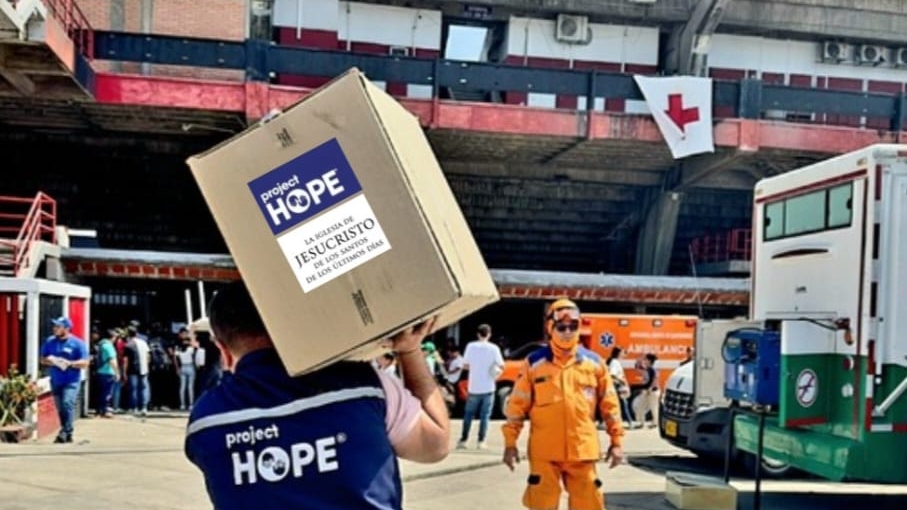5 Things to Know About TB
March 24 marks World Tuberculosis Day—a day to raise awareness around the world’s second-deadliest communicable disease and call for accelerated action to combat the worsening epidemic.
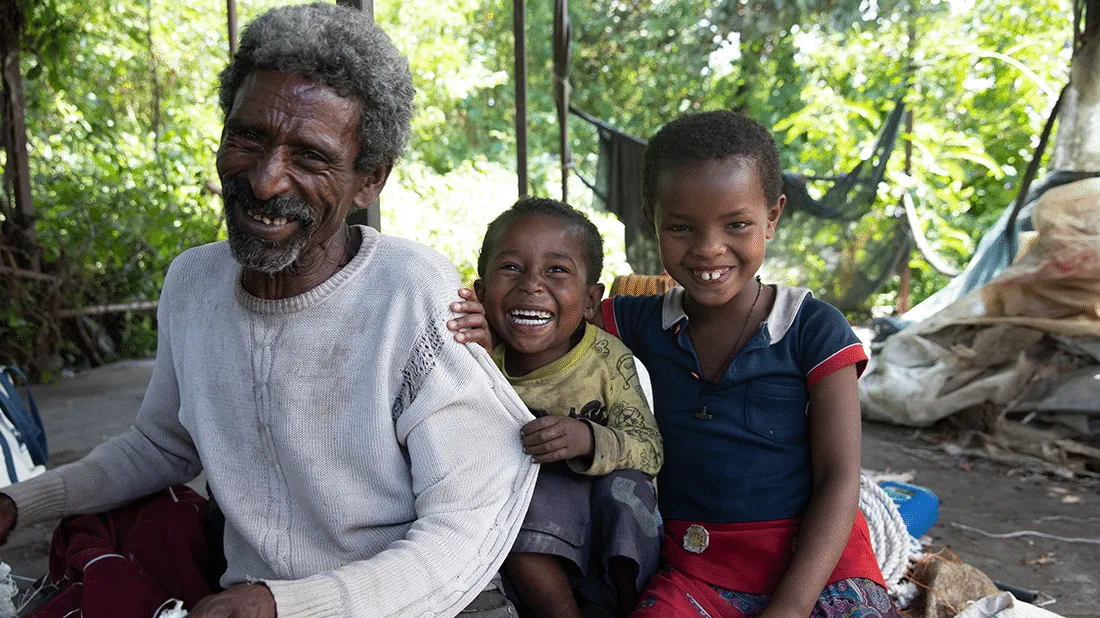
Tuberculosis is the world’s second-deadliest infectious disease, claiming more lives than HIV/AIDS, and one of the top 13 causes of death worldwide.
Every day, more than 4,000 people lose their lives to TB, and as many as 30,000 people develop the disease, which is caused by bacteria and spread through the air.
Here are five things to know about the global TB epidemic—and what Project HOPE is doing to help end the disease.
1. It’s more common than you’d think.
As many as 1 in 4 people in the world are estimated to be infected with TB. In the U.S. alone, up to 13 million people have latent TB infection—that’s greater than the populations of New York City and Los Angeles combined.
However, most people with TB are not sick and cannot spread the infection to others. Only 5-10% of people with TB will go on to develop active TB disease at some point in their lifetime — though those with compromised immune systems, including people living with HIV, malnutrition, or diabetes, have a higher risk of falling ill.
In 2021, more than 10 million people fell ill with TB, and 1.6 million died of the disease, including 187,000 people with HIV. Developing countries pay the greatest toll: Almost all cases and deaths occur in the world’s poorest communities, where preventative treatment and quality care is often out of reach.
Most cases are concentrated in Southeast Asia (45%), Africa (23%), and the Western Pacific (18%). Together, eight countries accounted for more than two-thirds of the global total: India (28%), Indonesia (9.2%), China (7.4%), the Philippines (7%), Pakistan (5.8%), Nigeria (4.4%), Bangladesh (3.6%), and the Democratic Republic of Congo (2.9%).
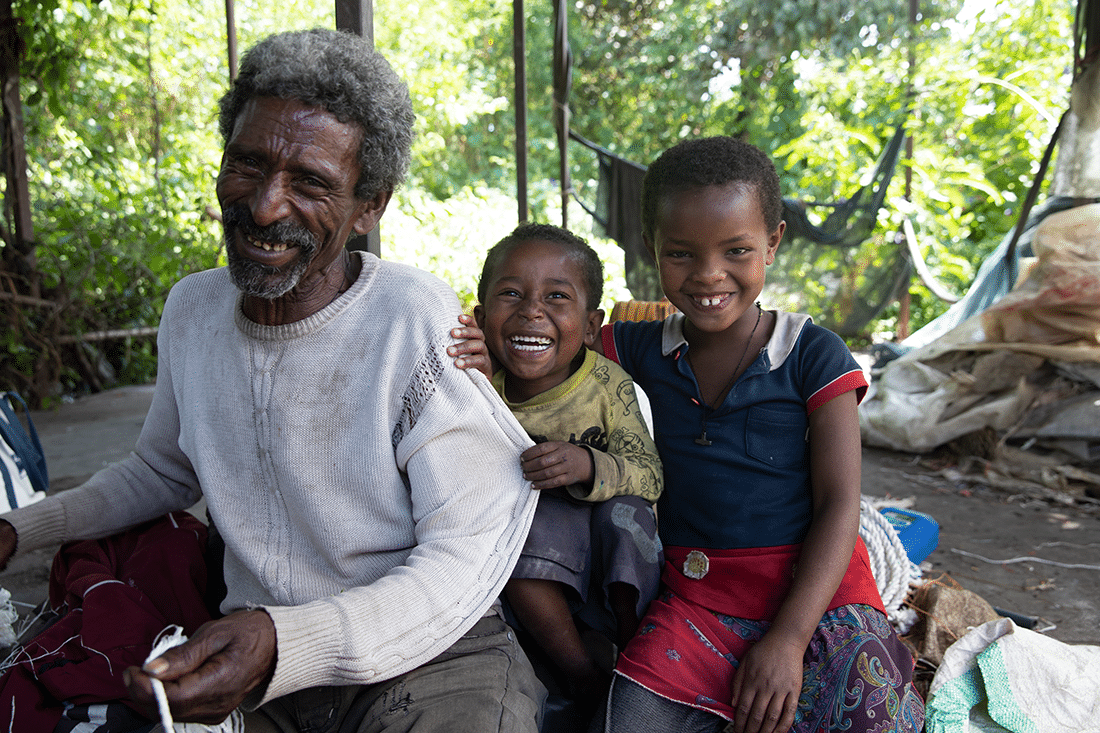
2. Children and people living with HIV are at greater risk.
TB can infect anyone of any age, but the chance of developing active TB disease is higher for those in close contact with TB patients, especially children, as well as people living with HIV. In 2021, 1.2 million children around the world fell ill with TB.
Notably, people with HIV are 16 times more likely to become ill with TB disease. And without proper treatment, TB is nearly always fatal for those living with HIV.
The risk of active TB disease is also higher for those with existing health conditions and compromised immune systems. Undernourished populations are three times more likely to fall ill with TB: In 2021, an estimated 2.2 million new cases were attributed to undernutrition.
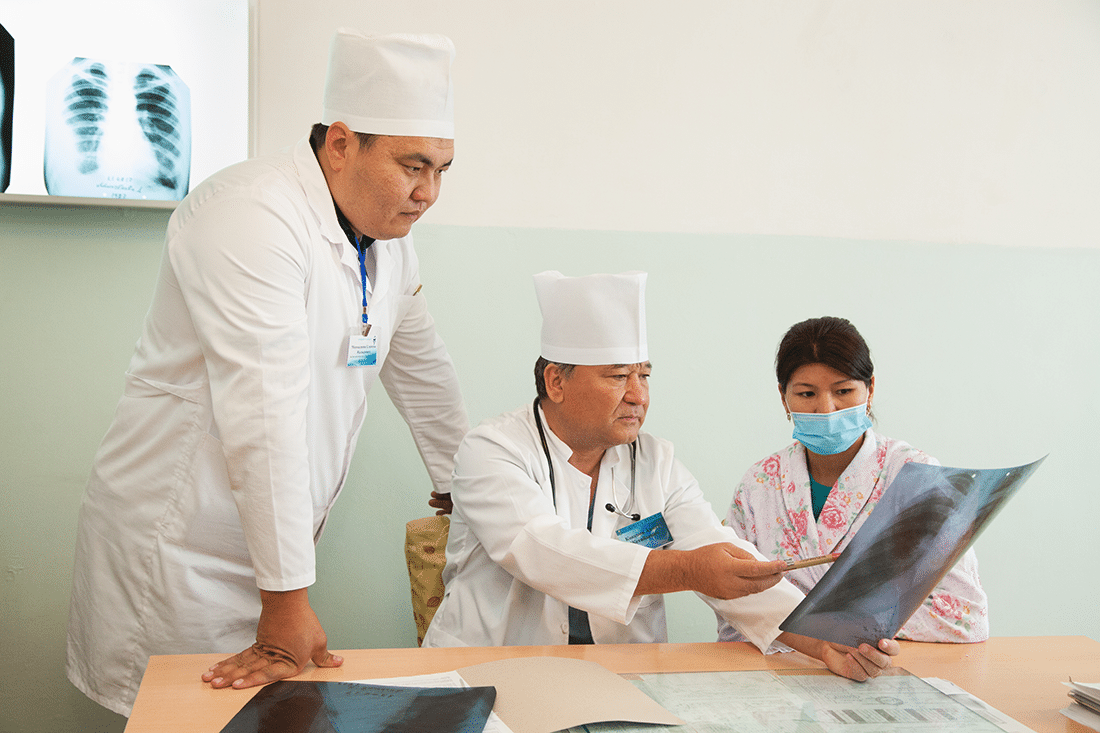
3. It’s preventable and curable.
The good news is that TB is a preventable and curable disease.
March 24, World TB Day, commemorates the day in 1882 when German physician Dr. Robert Koch announced he had discovered the bacterium that causes TB—cracking the code to diagnose and cure the disease. Since 2000, more than 66 million lives have been saved through treatment.
Unfortunately, 1 in 2 TB patients and their households face catastrophic costs (more than 20% of their household income) when seeking care as standard treatment is a four- to six-month course of four different antimicrobial drugs that require the support of a trained health worker.
Worse, there has been a global decrease in spending on TB prevention, diagnosis, and treatment in recent years. In 2020, only $5.3 billion was spent on TB control. Going forward, about $13 billion—or less than $2 per person—is needed annually to meet the United Nations Sustainable Development Goal of ending the TB epidemic by 2030.
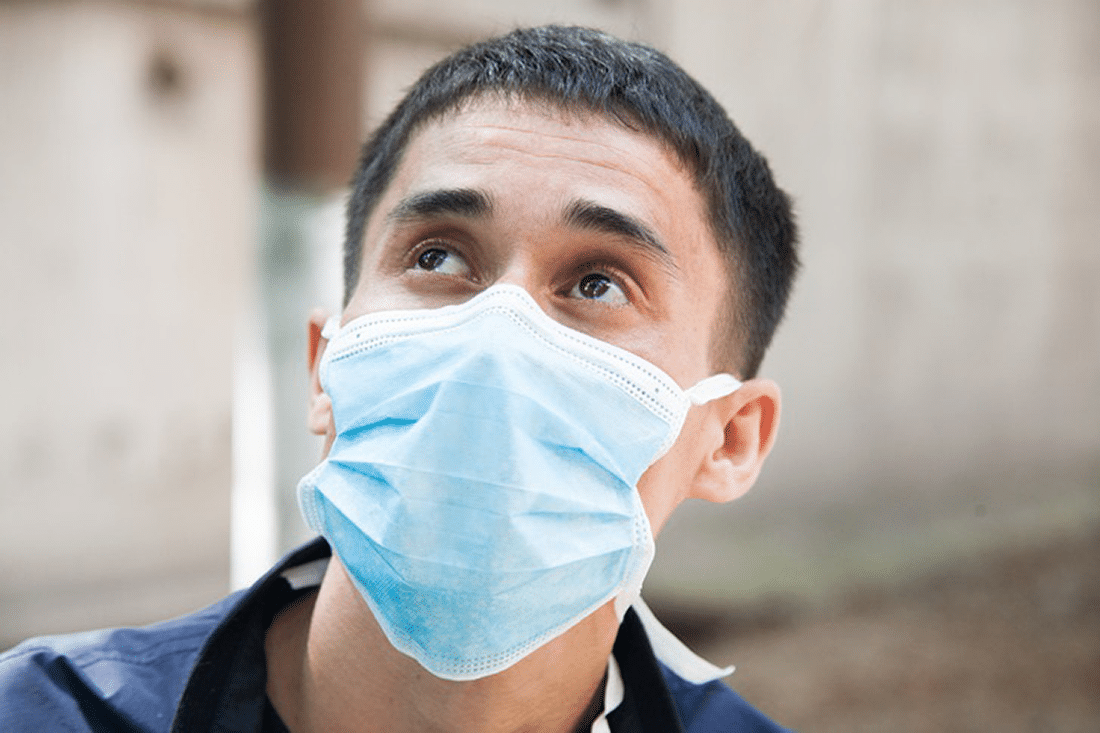
4. Progress is being made, but not fast enough.
Global efforts to prevent and control TB have saved 66 million lives over the past two decades. From 2000 to 2020, the mortality rate dropped by about 3% each year, and the total number of TB cases globally fell by about 2% each year.
Alarmingly, these trends recently reversed for the first time in two decades. In 2021, as prevention and treatment services were disrupted by the COVID-19 pandemic, TB cases increased by 4.5% and the global mortality rate saw a considerable uptick as well.
During this same time period, the prevalence of drug-resistant TB increased by 3%, posing a significant health security threat. Drug-resistant TB is treatable and curable in most cases but requires extensive and expensive chemotherapy. Because of affordability and access barriers, only about one out of every three people with drug-resistant TB are able to access treatment.
These concerning developments require urgent action and investment.
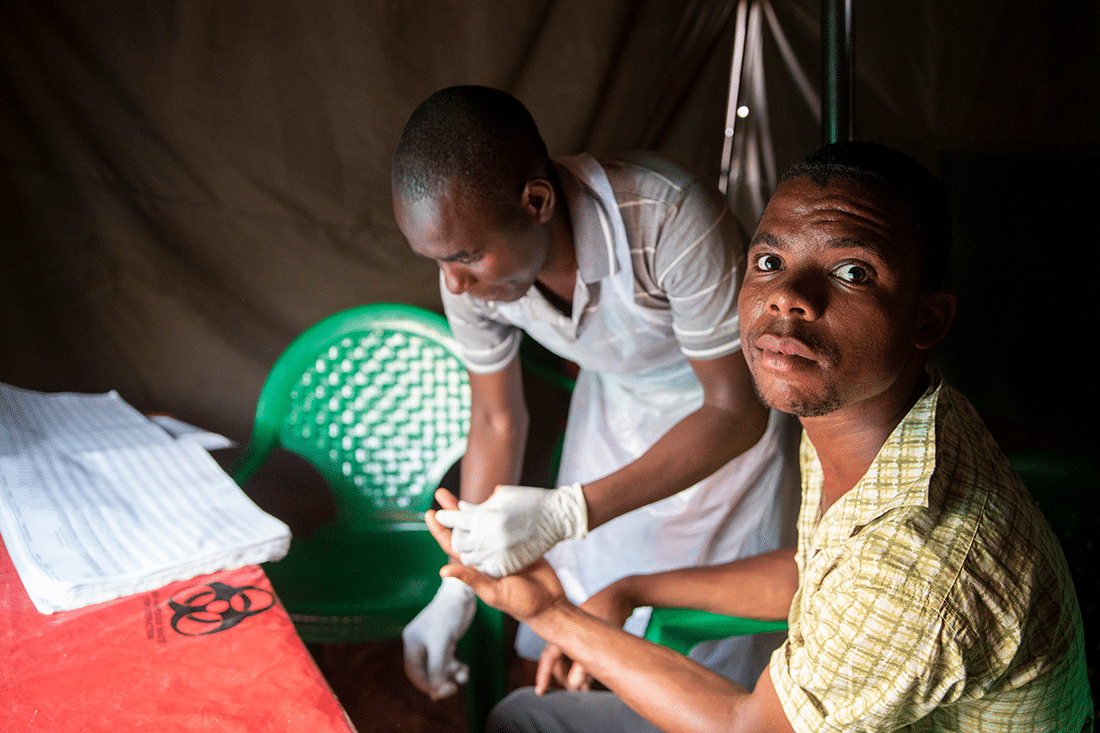
5. Project HOPE is responding.
Project HOPE has worked to stem the tide of TB since 1993, starting in Kazakhstan and spreading to a total of 12 high-burden countries across four regions. Currently, Project HOPE is expanding our TB prevention and control work in Indonesia with a five-year program focusing on health communications for TB preventive treatment (TPT). The program will engage multiple partners and agencies at six selected provinces to support the Ministry of Health in rolling out a strategic campaign to address the current gaps in the knowledge and practice of TB prevention services, among both communities and health care workers.
Last year, Project HOPE screened more than 336,000 people around the world for TB, HIV, diabetes, hypertension, or other diseases so they can better manage their health and find the treatment they need. Our work has made a lasting impact, but there is still much more to be done.
Preventative treatment can stop TB infection from developing into active disease and reduce the rate of progression by 90%, yet this work remains a low priority in high burden countries. Project HOPE is committed to aggressively attacking this problem and making TB prevention more accessible around the world.
Together, with our global community of partners, we will continue the fight to end TB for good.
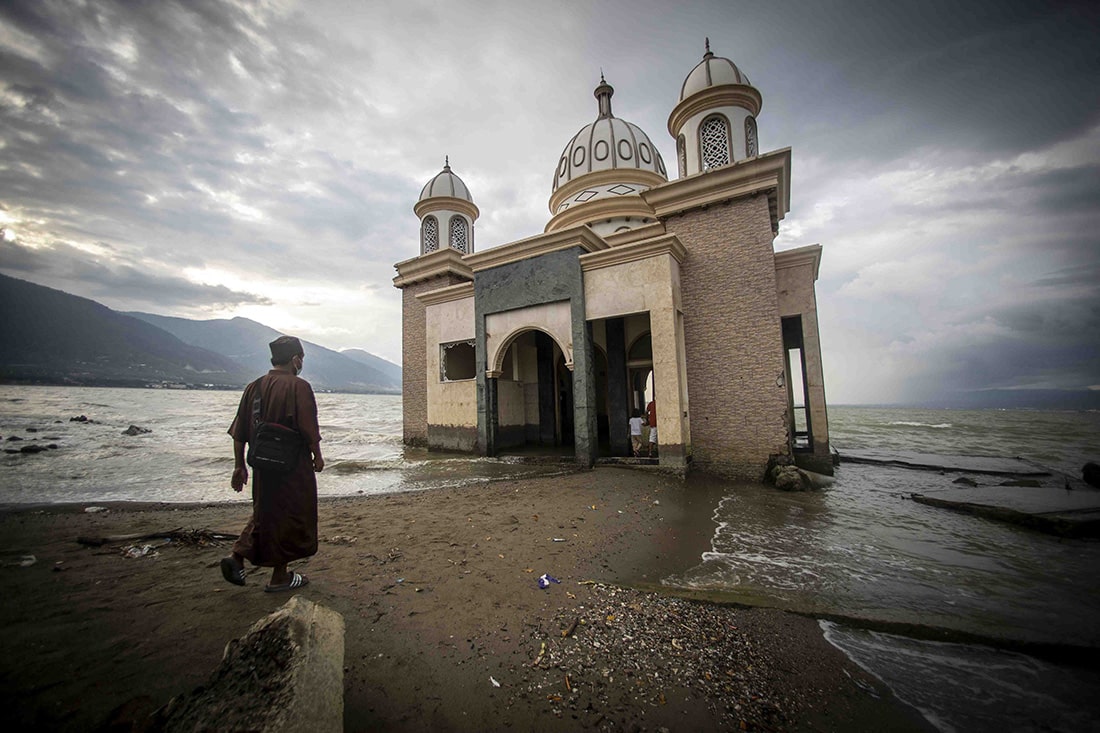
This story was updated on March 23, 2023 by Jory Gomes.

